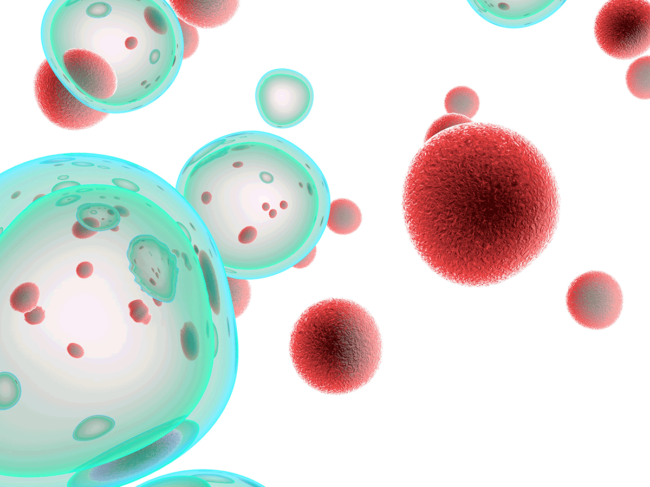
New compound
Neurology/Psychiatric
Purdue University discovers novel AC1 inhibitors for chronic pain treatment
Read MoreNeurology/Psychiatric
DYR-684, a first-in-class DYRK1A/B PROTAC with promising pharmacokinetic profile
Read MoreNeurology/Psychiatric








